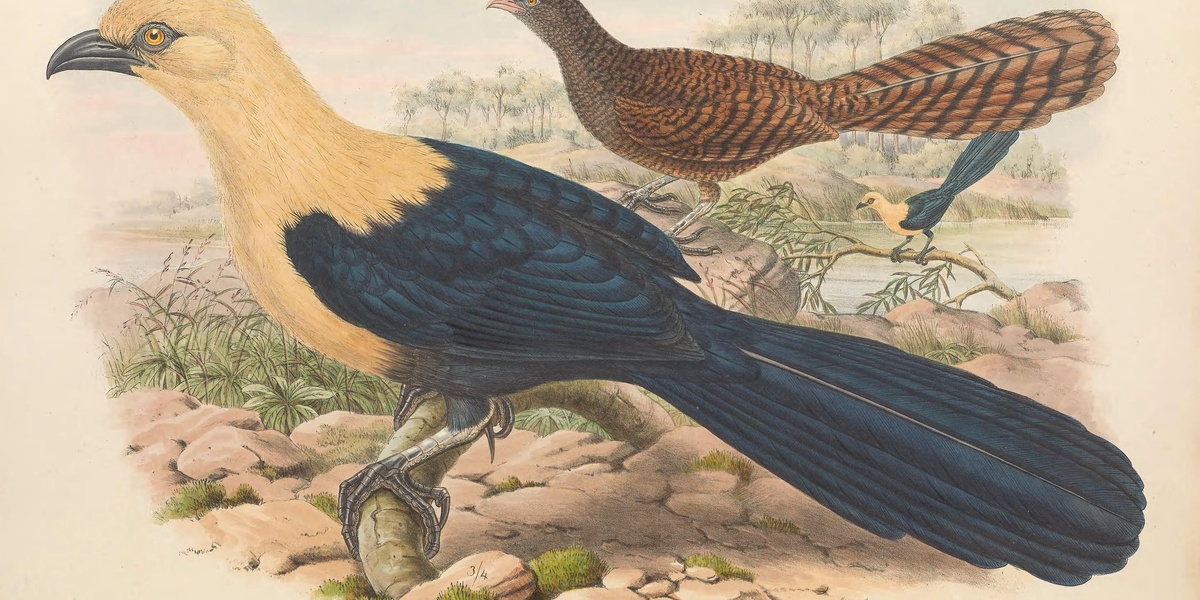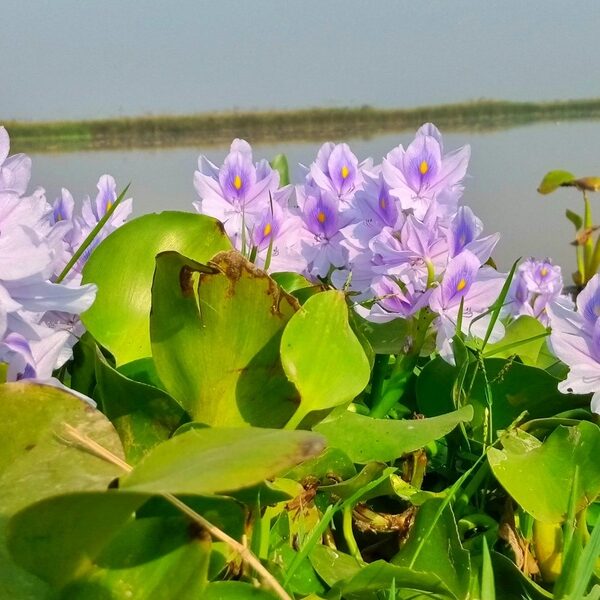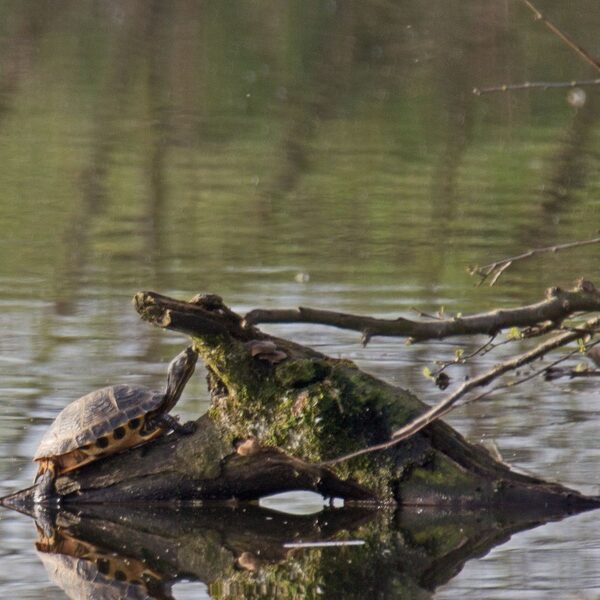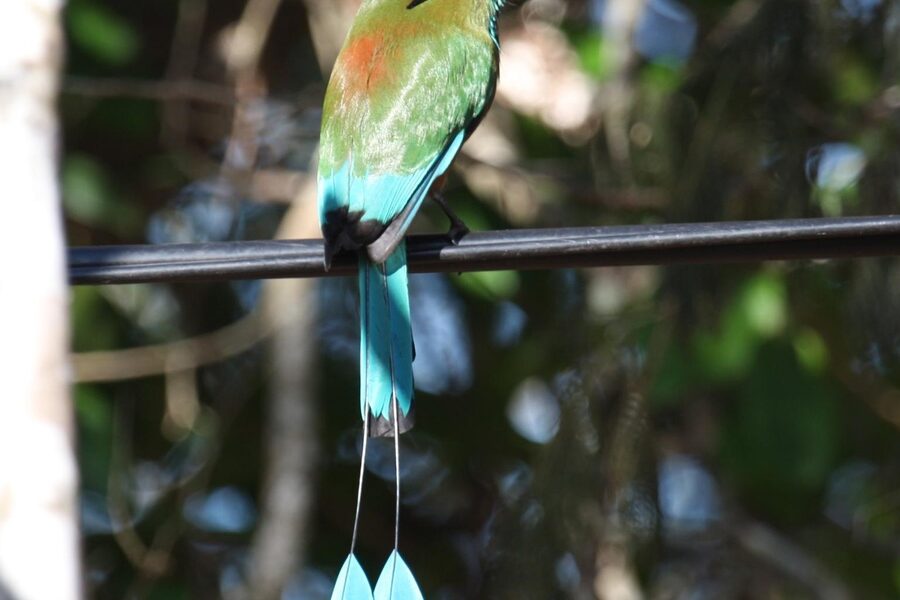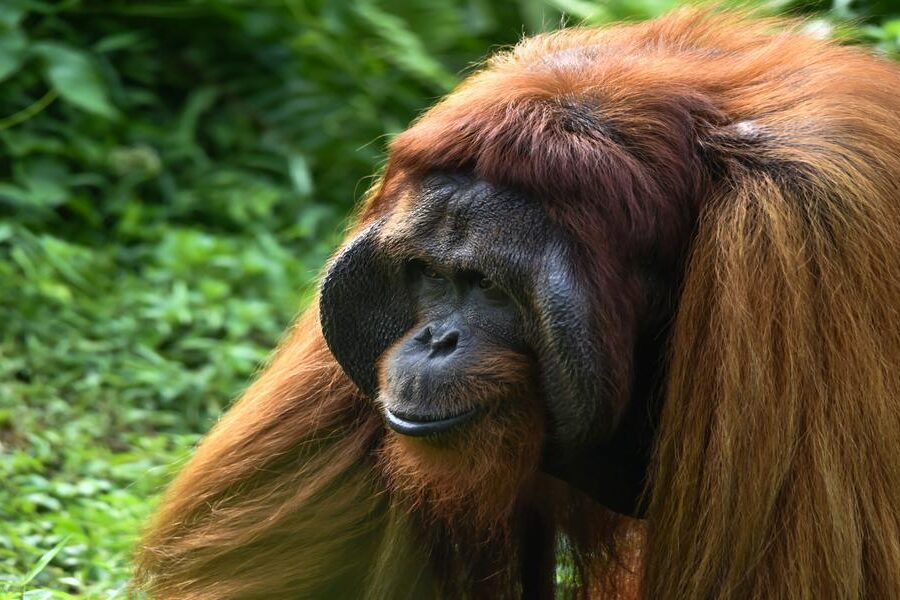Papua New Guinea is a land of incredible biodiversity, boasting some of the most remote and untouched ecosystems on Earth. Its dense rainforests, soaring mountain ranges, and vibrant coral reefs are home to an astonishing array of species, many of which are found nowhere else in the world, making its unique wildlife a subject of intense scientific interest and conservation efforts.
Given this unique environment, it’s perhaps no surprise that many of its creatures are facing threats, making them increasingly rare. Below, you’ll find a closer look at 23 Rare Animals in Papua New Guinea, covering a diverse range from the striking Black-sicklebill to the unique Zweifel’s Bubble-nest Frog. For each entry, we’ve included important details like its Scientific Name, IUCN Status, and Primary Habitat, to provide a clear picture of these vulnerable species.
Why are many animals in Papua New Guinea considered rare?
The rarity of many species in Papua New Guinea stems from a combination of factors. Habitat loss, primarily due to deforestation for logging and agriculture, directly impacts species that rely on specific forest ecosystems. Climate change also plays a role, altering delicate environments. Furthermore, many of PNG’s animals are highly endemic, meaning they evolved in specific niches and have limited ranges, making them particularly vulnerable to any environmental disturbance or human encroachment.
What makes Papua New Guinea a significant biodiversity hotspot?
Papua New Guinea’s status as a biodiversity hotspot is largely due to its geographical position and geological history. It sits at a crossroads between the Asian and Australian landmasses, allowing for a unique blend of fauna and flora. Its rugged, mountainous terrain has also led to the isolation of many populations, fostering high rates of endemism where species evolve uniquely in specific valleys or regions, untouched by external influences for millennia.
Rare Animals in Papua New Guinea
| Animal Name | Scientific Name | IUCN Status | Primary Habitat |
|---|---|---|---|
| Tenkile | Dendrolagus scottae | Critically Endangered | Torricelli Mountains, montane rainforest |
| Golden-mantled Tree-kangaroo | Dendrolagus pulcherrimus | Critically Endangered | Foja and Torricelli Mountains, montane rainforest |
| Sir David’s Long-beaked Echidna | Zaglossus attenboroughi | Critically Endangered | Cyclops Mountains, montane forest |
| Eastern Long-beaked Echidna | Zaglossus bartoni | Critically Endangered | High-altitude forests and alpine grasslands |
| Black-spotted Cuscus | Spilocuscus rufoniger | Critically Endangered | Northern New Guinea, lowland rainforest |
| Bulmer’s Fruit Bat | Aproteles bulmerae | Critically Endangered | High-altitude caves in the central highlands |
| Northern Glider | Petaurus abidi | Critically Endangered | Torricelli Mountains, montane rainforest |
| New Guinea Big-eared Bat | Pharotis imogene | Critically Endangered | Lowland rainforest near Kamali |
| Zweifel’s Bubble-nest Frog | Platymantis zweifeli | Critically Endangered | Manus Island, lowland rainforest |
| Goodfellow’s Tree-kangaroo | Dendrolagus goodfellowi | Endangered | Central Cordillera, montane rainforest |
| Matschie’s Tree-kangaroo | Dendrolagus matschiei | Endangered | Huon Peninsula, montane rainforest |
| Telefomin Cuscus | Phalanger matanim | Endangered | Nakanai Mountains, upper montane forest |
| Pig-nosed Turtle | Carettochelys insculpta | Endangered | Southern PNG, freshwater rivers and lagoons |
| Gudrun’s Microhylid Frog | Albericus gudrunae | Endangered | Mount Albert Edward, high-altitude forest floor |
| Louisiade Bent-toed Gecko | Cyrtodactylus lousiadensis | Endangered | Louisiade Archipelago, island rainforest |
| Doria’s Tree-kangaroo | Dendrolagus dorianus | Vulnerable | Central highlands, high-altitude montane forest |
| Pesquet’s Parrot | Psittrichas fulgidus | Vulnerable | Hill and montane rainforest |
| New Guinea Harpy Eagle | Harpyopsis novaeguineae | Vulnerable | Undisturbed rainforest across New Guinea |
| Western Crowned Pigeon | Goura cristata | Vulnerable | Northwestern New Guinea, lowland rainforest |
| Black-sicklebill | Epimachus fastosus | Vulnerable | High-altitude montane forests |
| Wahnes’s Parotia | Parotia wahnesi | Vulnerable | Huon Peninsula and Adelbert Mountains, montane forest |
| Parker’s Spade-toothed Snake | Toxicocalamus parkeri | Vulnerable | Mount Albert Edward, sub-alpine grassland |
| Fly River Turtle | Elseya branderhorsti | Vulnerable | Fly and Lorentz river systems, slow-moving freshwater |
Images and Descriptions
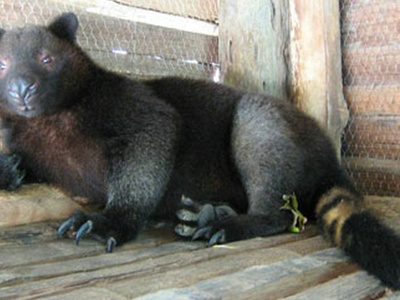
Tenkile
Also known as Scott’s Tree-kangaroo, this is one of the world’s rarest mammals. It is critically threatened by hunting and habitat loss, with a tiny population of only a few hundred individuals surviving in a remote mountain range.
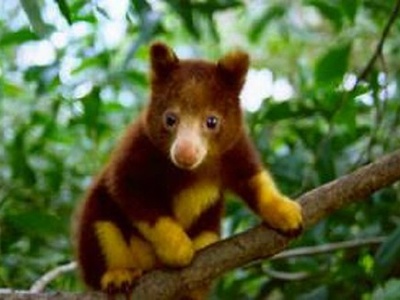
Golden-mantled Tree-kangaroo
Considered by many to be the most beautiful tree-kangaroo, this species is distinguished by its pale face and golden saddle. It is on the brink of extinction due to over-hunting and the continuous destruction of its forest home.
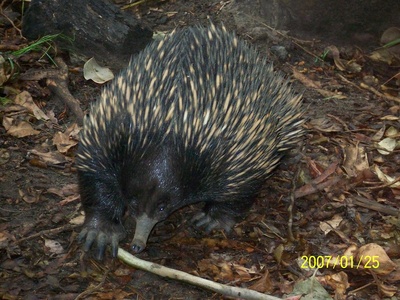
Sir David’s Long-beaked Echidna
This truly bizarre mammal, one of the few egg-laying mammals on Earth, was thought to be extinct until its rediscovery. It is known from a single mountain range and is threatened by logging and hunting.
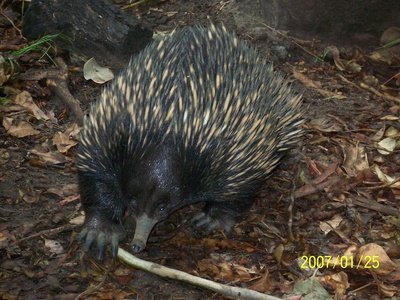
Eastern Long-beaked Echidna
Larger than its short-beaked relatives, this echidna uses its long, sensitive snout to probe for earthworms. Its population has plummeted due to being hunted for food and loss of its high-altitude habitat.
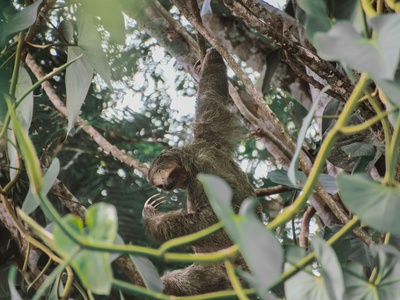
Black-spotted Cuscus
This large, striking marsupial is the biggest of all cuscuses. Its distinctive black and reddish-brown coat makes it a target for hunters, and its lowland forest habitat is rapidly being cleared for agriculture, pushing it towards extinction.
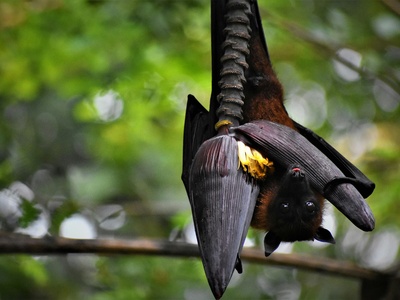
Bulmer’s Fruit Bat
Once thought extinct, this massive, cave-dwelling fruit bat survives in a single large colony. It is incredibly vulnerable to human disturbance in its cave roosts and is a key pollinator for many rainforest plants.
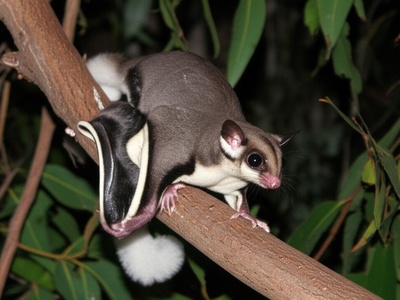
Northern Glider
An extremely rare and poorly known gliding possum, the Northern Glider is found only in a very small, isolated area. Its existence is threatened by the clearing of its forest habitat for gardens and by local hunting pressures.
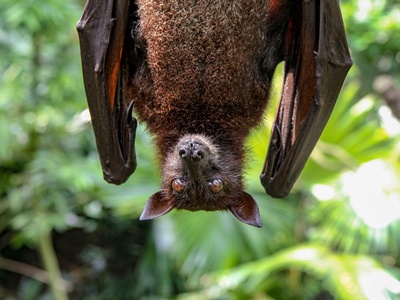
New Guinea Big-eared Bat
This bat was thought to be extinct for 120 years before a single individual was captured in 2012. It is distinguished by its enormous ears and remains one of the rarest and most mysterious mammals in the world.
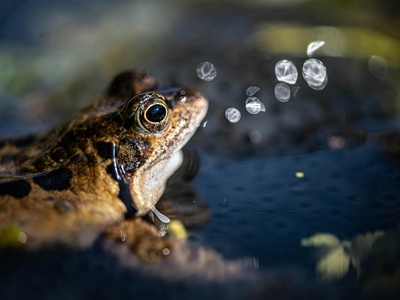
Zweifel’s Bubble-nest Frog
This critically endangered frog is known only from Manus Island. It lays its eggs in nests of foam, often in tree holes or bamboo, making it highly dependent on the integrity of its specialized forest habitat.
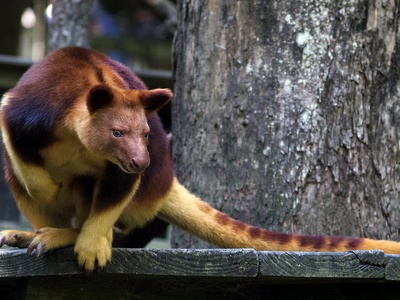
Goodfellow’s Tree-kangaroo
With its striking striped tail and rich chestnut fur, this tree-kangaroo is a master of the canopy. It is sadly endangered due to being hunted for its meat and the encroachment of farms into its mountain forest territory.
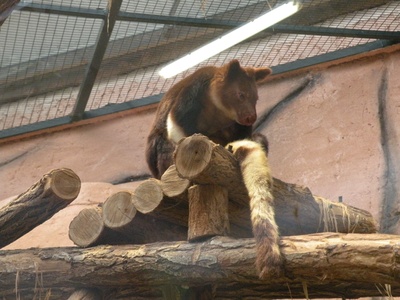
Matschie’s Tree-kangaroo
Also known as the Huon Tree-kangaroo, this species has a distinctive cream-colored tail and face. It is endemic to the Huon Peninsula and is threatened by hunting and the conversion of its forest habitat for coffee plantations.
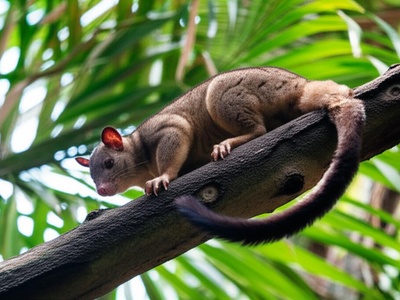
Telefomin Cuscus
Discovered in 1985, this cuscus is known only from a single remote location. A catastrophic landslide in 1998 is believed to have wiped out a significant portion of its only known habitat, making it exceptionally rare.
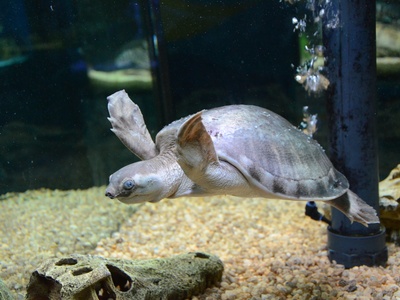
Pig-nosed Turtle
A unique turtle with a pig-like snout and flippers like a sea turtle, it is the only surviving member of its family. It is heavily threatened by the illegal pet trade and the harvesting of its eggs for food.
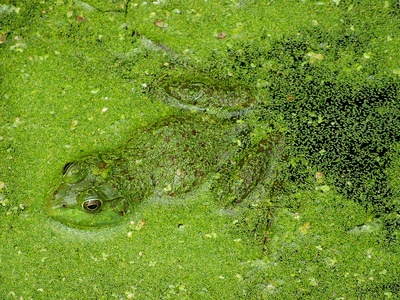
Gudrun’s Microhylid Frog
This tiny frog, often smaller than a thumbnail, lives amongst the leaf litter of high-altitude cloud forests. Its extremely restricted range makes it highly susceptible to climate change and habitat disturbances.
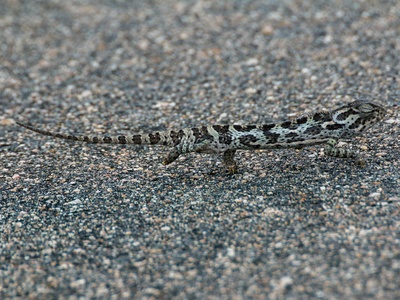
Louisiade Bent-toed Gecko
Endemic to a few small islands, this gecko is adapted to life in the coastal and limestone forests. Its survival is at risk due to habitat destruction from logging and the potential introduction of invasive predators.
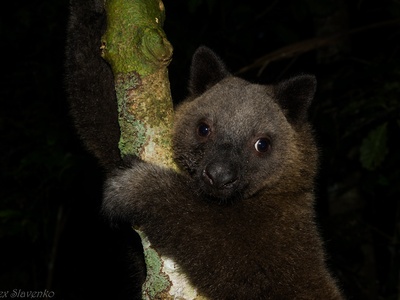
Doria’s Tree-kangaroo
One of the largest and stockiest tree-kangaroos, Doria’s is a powerful climber with a thick, dark coat. Despite being more widespread than its rarer cousins, it is still vulnerable to hunting and habitat degradation.
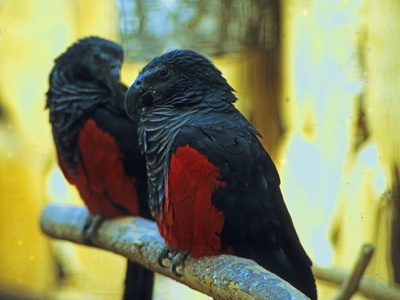
Pesquet’s Parrot
Often called the Dracula Parrot for its vulture-like bare face and cape of scarlet feathers. This large, specialized parrot feeds almost exclusively on figs, making it extremely vulnerable to the logging of its food trees.
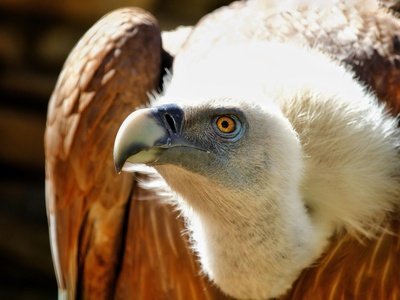
New Guinea Harpy Eagle
A powerful apex predator of the rainforest canopy, this eagle preys on large mammals like tree-kangaroos and possums. It requires huge territories of pristine forest, making it highly sensitive to deforestation and human activity.
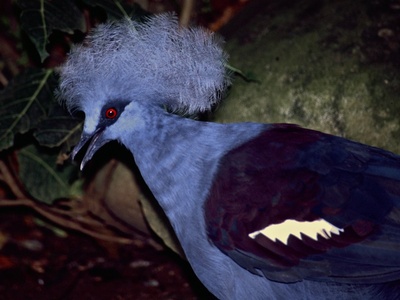
Western Crowned Pigeon
A spectacular, turkey-sized ground pigeon with an elegant blue crest of lace-like feathers. Its beauty and size make it a prime target for hunters, and it is threatened by logging of its lowland forest habitat.
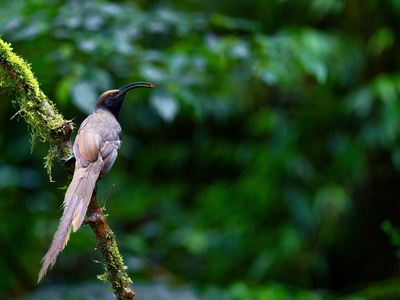
Black-sicklebill
One of the largest and most dramatic birds-of-paradise, the male has an extremely long, sickle-shaped tail. Its specialized diet and reliance on undisturbed high-altitude forest make it vulnerable to habitat loss and climate change.
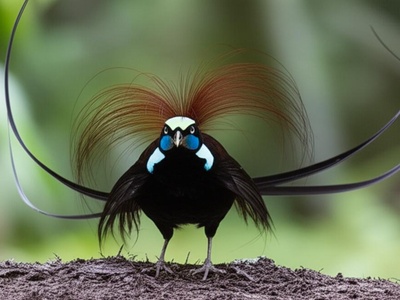
Wahnes’s Parotia
A species of bird-of-paradise famous for the male’s bizarre “ballerina dance” courtship display. It has a very limited range and is threatened by habitat loss due to forest clearing for agriculture.
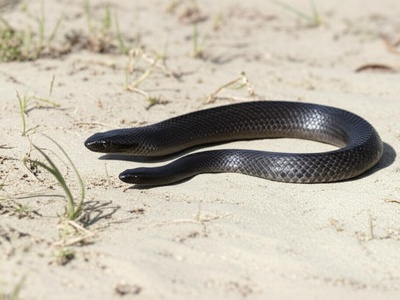
Parker’s Spade-toothed Snake
A rare and elusive venomous snake found only in high-altitude grasslands. Little is known about this species, but its highly restricted habitat makes it inherently vulnerable to environmental changes.
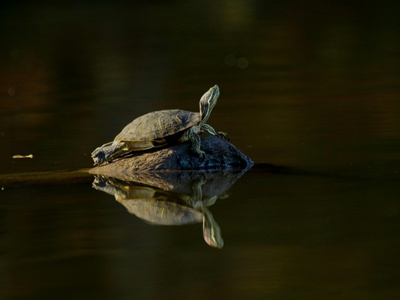
Fly River Turtle
This large freshwater turtle, also known as Branderhorst’s snapping turtle, is found in the slow-moving rivers of southern New Guinea. It is threatened by over-collection for food and the international pet trade.
